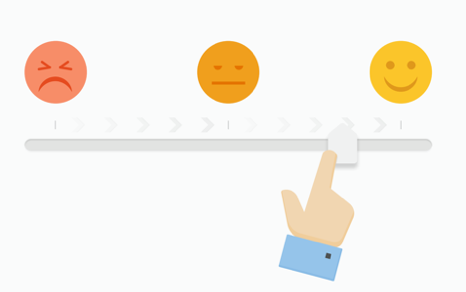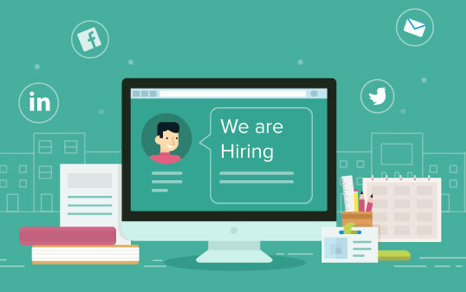71% Average One-touch Resolution
The average one-touch resolution, or first-call resolution (FCR), indicates how many tickets get resolved within the first response from a customer support team. This metric can give you a basic idea of the complexity of the inquiries your team receives, as a high one-touch resolution signals that your agents can resolve the average problem with a single message.
7 Hour Average First Response
f there hasn’t been enough precedence for an issue to be documented but you’re sure it has happened before, look for it in your helpdesk. Search for it, and see how the agent on it handled it.
If it’s not a specific issue but a broader type of issue that you need help with, use filters to narrow down your search results and see what has been done by more experienced agents in the past. This way, you learn enough to smoothly resolve interactions with customers irrespective of whether you’ve found a solution.
86% Resolution SLA
Most companies have a service level agreement, or SLA, that lets customers know that they will resolve their issue within a specific period of time. This time varies by company but is used to give customers an accurate idea of when they can expect a response.
Across the companies in our study, 86% of tickets were resolved well within SLA. Knowing where your support team stands can help you determine whether they’re adequately equipped to meet the expectations you’re setting with customers.
78% Customer Satisfaction
Arguably the most important metric of all, the customer satisfaction metric indicates how many customers in our analysis reported that their interaction with a support agent was a positive one.
In this case, 78% of the customers in our study were happy with the service they received. So if your customer satisfaction score currently falls under this, you may have some work to do to catch up to your competitors.
And while a score at or above 78% indicates that your customer support is in fairly good standing, it’s important to remember that there’s always room for improvement — especially when those improvements can have a significant impact on customer retention and sales.













